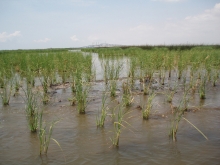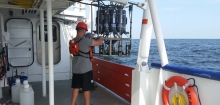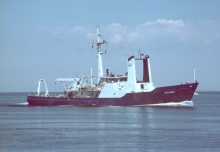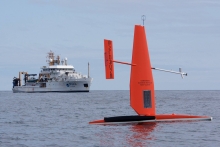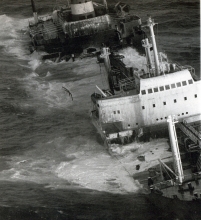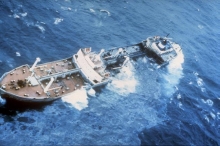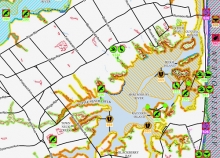Gulf of Mexico Oil Spill Data: New Monitoring Updates
alyssa.gray
Tue, 12/20/2016 - 18:52
Argo Merchant: The Birth of Modern Oil Spill Response
alyssa.gray
Wed, 12/14/2016 - 13:56
Argo Merchant: The Growth of Scientific Support
alyssa.gray
Tue, 12/13/2016 - 13:59

